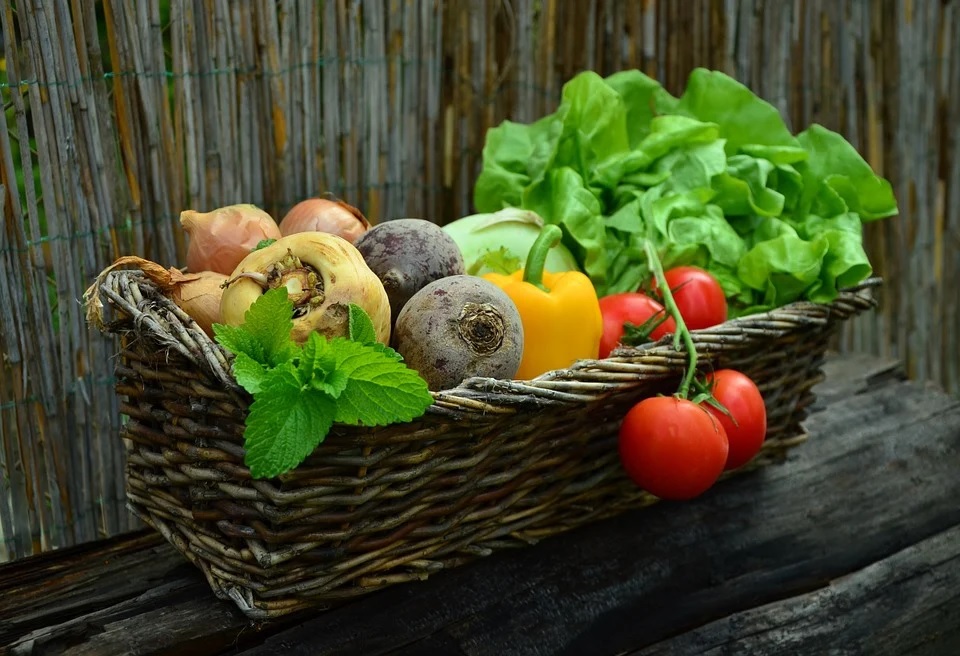
Although many people associate August and September with going back to school, it is also the time of the year when people across many states in America attend County and State Fairs. An Agricultural fair is an educational event where exhibitors showcase some of the latest agricultural innovations. Initially held at the beginning of the 19th century, agricultural fairs have evolved from the exposition of technology and agriculture, into a 21st-century hobby. Since the establishment of agricultural fairs in the 18th century, they have become some of the most popular annual events in the Western world, attracting huge crowds every year. Agricultural fairs are exciting and essential planned events. The rising popularity of agricultural fairs, and their significance to the comprehension of agriculture, as well as urbanity and rurality, have perhaps never been better elaborated than by The American Agricultural Fair by Fred Kniffen. Fred Kniffen’s over half a century descriptions of agricultural fairs in America maintains great merit when explaining or exploring the meaning of agricultural fairs across the globe today.
Just like many English words, the word “fair” traces its roots back to Latin. The word fair is most likely to have been derived from the Latin word feria, which refers to a holy day. Holy days were the earliest example of fairs and featured days of religious and leisure celebrations. Holy days are thought to have started during the Roman Empire where the feriae were religious days financed and acknowledged by the government. The feriae events usually consisted of competition, games, as well as other celebrations.
The Roman feriae evolved in the middle ages to become an event where international traders could come together to sell, buy and trade their products with members of various communities. These fairs joined temporary markets with historical celebrations, and were usually linked with Christian religious days like Saint’s feast day, and took place at local parishes. The joining of celebrations, trade and religion developed to be the focal point of Medieval fairs and remained popular for hundreds of years. Agricultural fairs’ historic development include various narrations about agricultural evolution, traditionalism, inclusion and concern over the rising non-farming pass-time activities that fundamentally cater to an ever-rising urban non-farming population. The hybrid or multifaceted aspect of both modern and former agricultural fairs is explored and presented by Kokko in her 2011 agricultural fairs meta-review of USA and Canada. In her meta-review, Kokko found that the objective of agricultural affairs, and some of the activities may have evolved over time from the initial form almost two centuries ago. But its cultural and social significance, particularly for the agricultural communities remains the same.
As time elapsed, fairs evolved from their original religious association and started focusing on agriculture, education and competition. In America, agricultural fairs didn’t quite start to become popular until the beginning of the 19th century. The first agricultural fair in America was held in 1807 in Pittsfield, Massachusetts. It was organized by Elkanah Watson and only featured sheep shearing. Following the event’s success, Elkanah Watson inspired other farmers to start showcasing their livestock at public events where they could then be judged and receive prizes based on the quality of their livestock. Watson continued cultivating this idea until it spread across counties. People across America started hosting county fairs featuring various activities for children, women and men and offering traders an opportunity to sell their products at the gatherings. Watson’s vision rapidly spread, and people across various small rural areas started to host their accounts of agricultural fairs throughout the Midwestern and Northeastern States. Soon after, the gathering gained enough momentum, and in 1841, the New York state held America’s first State Fair. The two-day fair focused on teaching agriculture to people who attended and also included various speeches and animal exhibits.